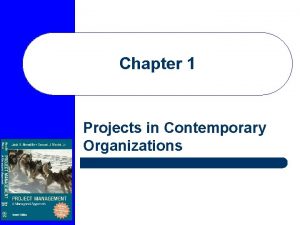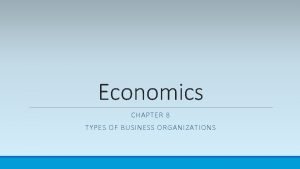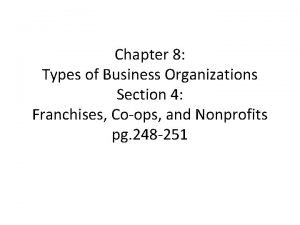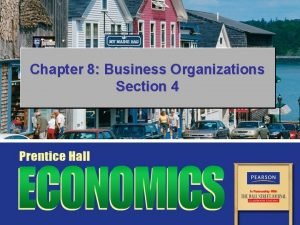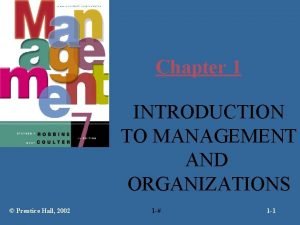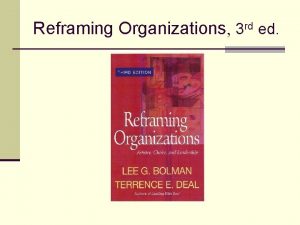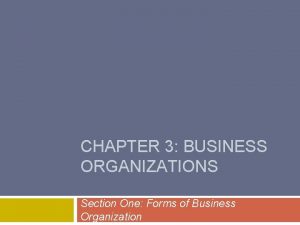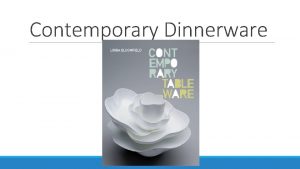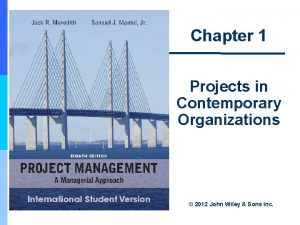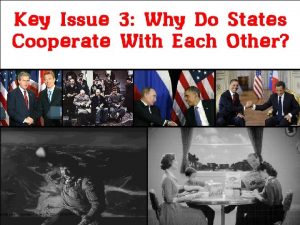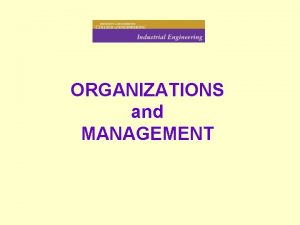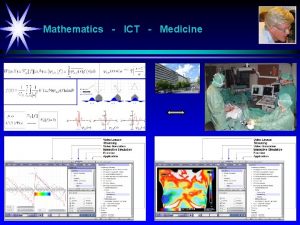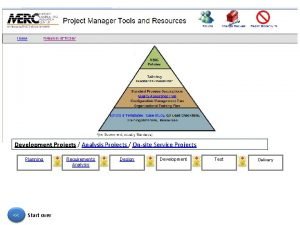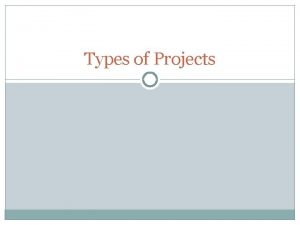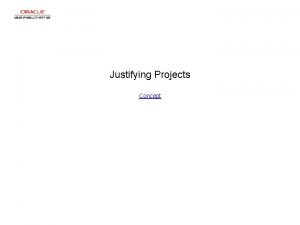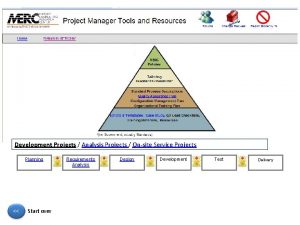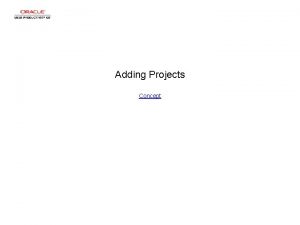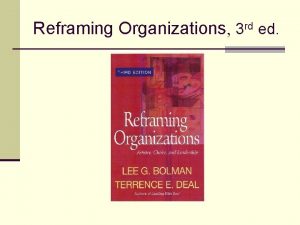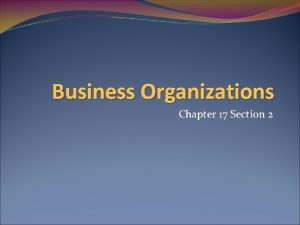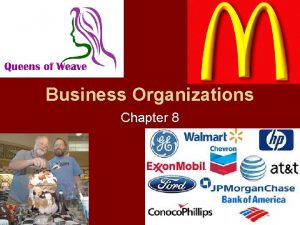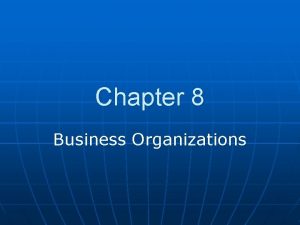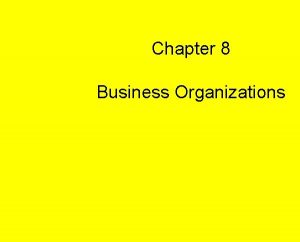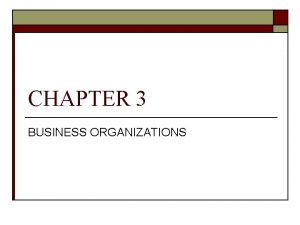Chapter 1 Projects in Contemporary Organizations The Definition




























- Slides: 28

Chapter 1 Projects in Contemporary Organizations

The Definition of a “Project” A ‘Project’ is a temporary endeavour, having a defined beginning and end (usually constrained by date, but can be by funding or deliverables). l E. g. 1. Construction of a Hospital. 2. Creating a new Website. 3. Production of a Movie etc. l

Project vs. Ongoing operations v Project is not everyday work. v Everyday work is ongoing. Production processes are an example of ongoing operations. v. E. g. In a cola company, producing cola is an example of ongoing operations. v. The company knows how many cola to produce, how many go in a package, and so on. Everyday hundreds of thousands of bottles make their way into bags, onto store shelves, and eventually into our mouths. But the production of these colas is not a project.

Now let’s say that the management team has decided to introduce a new line of cola. v You have been tasked with producing the new cola flavor and bottling. v You assemble a research team to come up with a new formula. The marketing team gathers data which shows that new cola has real potential with the consumers. According to plan, the cola is produced & distributed to the stores. v Is this a project or ongoing operation?

Projects Ongoing operations Definite beginning and end No definite beginning and end Temporary in nature Ongoing Produces a unique product or service Produces the same product or service Resources are dedicated to the Resources are dedicated to project operations Ending is determined by specific criteria Processes are not completed

Major Characteristics of a Project l l l l Temporary Life cycle with a finite due date Interdependencies Uniqueness Resources Importance Performance

Project Attributes l A project: – – – Has a unique purpose. Is temporary. Is developed using progressive elaboration. Requires resources, often from various areas. Should have a primary customer or sponsor. l The project sponsor usually provides the direction and funding for the project. – Involves uncertainty.

Introduction l Main forces in driving the acceptance of project and other forms of management: 1. 2. 3. l l The exponential growth of human knowledge The growing demand for a broad range of complex goods and services Increased worldwide competition All of these contribute to the need for organizations to do more and to do it faster Project management is one way to do more faster

Projects Tend to be Large l Projects tend to be large – – l The Channel Tunnel, or Chunnel Denver International Airport Panama Canal expansion project Three Gorges Dam, China Projects are getting larger over time – Flying: balloons planes jets rockets reusable rockets

Historical Evidence of Monumental Projects ØGreat wall of China Ø Pyramids of Egypt Ø Suez Canal Ø Taj Mahal Ø Konark Temple

Project Management Institute (PMI) l l The Project Management Institute is the major project management organization Founded in 1969 Grew from 7, 500 members in 1990 to over 3, 41, 900 in 2014 The Project Management Journal and PM Network are the leading project management journals

Common Examples of Different types of Projects §Construction Projects (dams/railway lines/buildings /roads/airports etc. § Consultancy Projects (Providing service, technological and managerial knowhow) §IT Projects (Productions/services/applications) § Maintenance or Repair Projects

Projects vary in size and complexity Require less than 100 hours or may take several years. l Involves changes to existing systems, policies, legislation and/or procedures. l Involves a single person or many people. l Involve management of external resources. l

Not All Projects are Same Projects do vary widely with respect to theirü Applicability or Usability (Single user, custom built) (Multi user, Wider user group or generic user) ü Technical Complexity (Radar/satellite comm. -very high) (ERP implementation – high) (New product development-medium) (Building construction – low)

ü Resources Used (Capital/ Labour) A small maintenance project may take one month with only 10 people An O/S development project may take about three years involving somewhere around 500 people

Classification of Projects 1. 2. 3. 4. Civil Engg. , construction, petrochemical, mining Projects Manufacturing Projects Management Projects Research Projects

1. Civil Engg. , construction, petrochemical, and mining Projects Fulfilment phase must be conducted on the site. l Special risks l Require massive capital investment l Deserve rigorous management of progress, finance and quality. l

2. Manufacturing projects Aim to produce a piece of equipment or machinery, ship, aircraft, land vehicle or some item of specially designed hardware. l Most difficult is the case of a complex product(such as an aircraft) that is developed and manufactured by consortium of companies. l

3. Management Projects Management expertise in matters like relocating the head quarters, develop & introduce a new product, launch a marketing campaign, restucture the organization. l Most not-for-profit organizations-including national and local govt. depts. , professional associations, charities, & disaster relief agencies conduct projects , that fall in this category. l

4. Research projects Carry the highest risk as they aim to extend the boundaries of current knowledge. l The objectives are difficult or impossible to define. l They may consume large amount of money and last for many years, but yield no practical result. l

Primary Project Objectives 1. 2. 3. Specification, performance and quality Budget Time to completion

The Triple Constraint l – Scope goals: What work will be done? – Time goals: How long should it take to complete? – Cost goals: What should it cost? It is the project manager’s duty to balance these three often-competing goals.

1. Specification, performance and quality The end result is the fitness for the purpose for which it was intended. l E. g. A copper refinery, designed to process 200000 tonnes of cathode copper p. a. must be able to do so, and it must produce that copper at the specified level of purity. l Plant must function reliably, efficiently, and safely. There will be trouble if the plant causes environmental pollution. l

2. Budget Failure to complete project within the authorized expenditures, will reduce profits & ROI. l Even in absence of a Profit motive, proper attention to budgets is vital. (e. g. pure scientific research programmes, charities, projects carried out using public fund). l A project may be abandoned due to lack of funds. l

3. Time to completion Actual progress has to match or exceed planned progress. l Late completion will not enhance the reputation of contractor/project manager. l Late projects can have knock-on effect and disrupt other projects either in progress or waiting to follow. l

Project Success or Failure v. A project success is usually measured in terms of whether it is completed within specified time and under stipulated budget v If it exceeds uncontrollably it is termed as a failure. However there is more to a project’s success than just its completion within time and budget Ø Meeting customer specifications Ø Degree of customer satisfactions Ø Level of success in the market place Ø Result in greater revenue and profits

Significant projects Definable, measurable project outcomes that relate to corporate goals. l Well defined project team. l Criteria to measure project performance. l

Project vs. Programme v Project is a non repetitive set of activities leading to singular product or service and gets over in a limited / finite time frame v Programme is a repetitive array of activities carried out on a longer/ indefinite time frame to accomplish many no of similar / dissimilar projects
 Projects in contemporary organizations
Projects in contemporary organizations Chapter 8 types of business organizations
Chapter 8 types of business organizations Chapter 8 section 4 other organizations
Chapter 8 section 4 other organizations Chapter 8 business organizations
Chapter 8 business organizations Introduction to management and organization
Introduction to management and organization Reframing organizations chapter 3 summary
Reframing organizations chapter 3 summary Chapter 3 information systems organizations and strategy
Chapter 3 information systems organizations and strategy Chapter 3 business organizations
Chapter 3 business organizations Hình ảnh bộ gõ cơ thể búng tay
Hình ảnh bộ gõ cơ thể búng tay Slidetodoc
Slidetodoc Bổ thể
Bổ thể Tỉ lệ cơ thể trẻ em
Tỉ lệ cơ thể trẻ em Gấu đi như thế nào
Gấu đi như thế nào Thang điểm glasgow
Thang điểm glasgow Chúa yêu trần thế alleluia
Chúa yêu trần thế alleluia Các môn thể thao bắt đầu bằng tiếng bóng
Các môn thể thao bắt đầu bằng tiếng bóng Thế nào là hệ số cao nhất
Thế nào là hệ số cao nhất Các châu lục và đại dương trên thế giới
Các châu lục và đại dương trên thế giới Công của trọng lực
Công của trọng lực Trời xanh đây là của chúng ta thể thơ
Trời xanh đây là của chúng ta thể thơ Cách giải mật thư tọa độ
Cách giải mật thư tọa độ Làm thế nào để 102-1=99
Làm thế nào để 102-1=99 Phản ứng thế ankan
Phản ứng thế ankan Các châu lục và đại dương trên thế giới
Các châu lục và đại dương trên thế giới Thể thơ truyền thống
Thể thơ truyền thống Quá trình desamine hóa có thể tạo ra
Quá trình desamine hóa có thể tạo ra Một số thể thơ truyền thống
Một số thể thơ truyền thống Cái miệng bé xinh thế chỉ nói điều hay thôi
Cái miệng bé xinh thế chỉ nói điều hay thôi Vẽ hình chiếu vuông góc của vật thể sau
Vẽ hình chiếu vuông góc của vật thể sau
